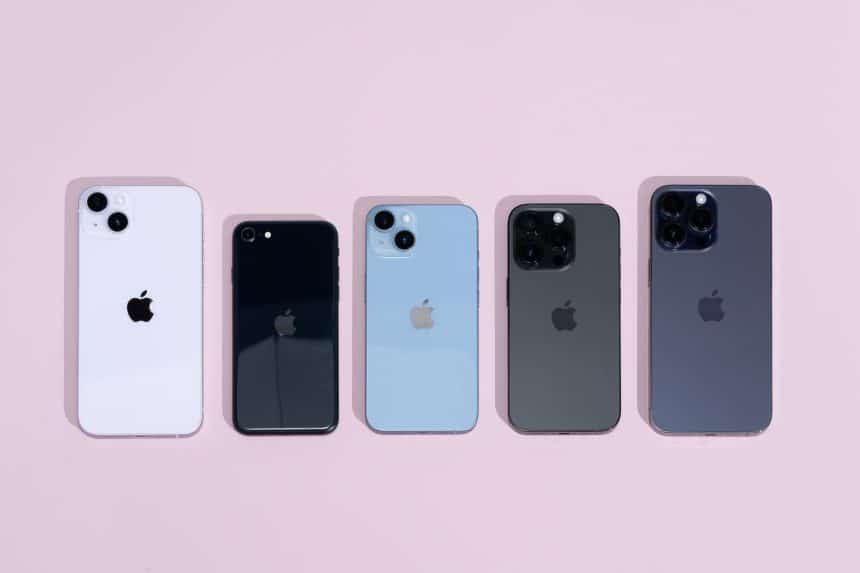Despite Apple’s annual launch of new iPhones, including the recent iPhone 16 models, many users are still holding on to older devices. Recent data shows that a significant portion of iPhone buyers are upgrading less frequently, a trend that has grown over the years.
Fewer iPhone Users Are Upgrading Quickly
According to a report by the Consumer Intelligence Research Partners (CIRP), over one-third of new U.S. iPhone buyers had their previous device for more than three years. In 2024, 70% of iPhone buyers owned a phone that was two years old or older, up from 66% in 2023.

The report also compared recent trends to 2019, showing a steady increase in users delaying upgrades. In 2019, only 38% of users held onto their phones for two to three years, with fewer keeping their devices for longer.
Why Are Users Holding On?
There are several reasons behind the slower upgrade cycle. Many users feel that newer iPhones’ features—such as better cameras, faster processors, and new software—aren’t significant enough to justify an upgrade. Additionally, iPhones have become more reliable, encouraging users to hold on to their devices for longer periods.
Another factor is the popularity of installment plans. Most iPhone buyers purchase their devices through long-term payment plans. Once the payments are complete, users often prefer to keep their phones to save on monthly expenses. This shift has contributed to a longer lifecycle for iPhones.
Apple’s Challenge
Apple may need to rethink its strategies to encourage users to upgrade more frequently. Despite the exciting features of the iPhone 16, it appears that more iPhone users are prioritizing practicality over the allure of the latest technology. Apple Intelligence, the company’s new AI-driven platform, might play a key role in future upgrades, but for now, the trend of holding onto older phones is likely to continue.












